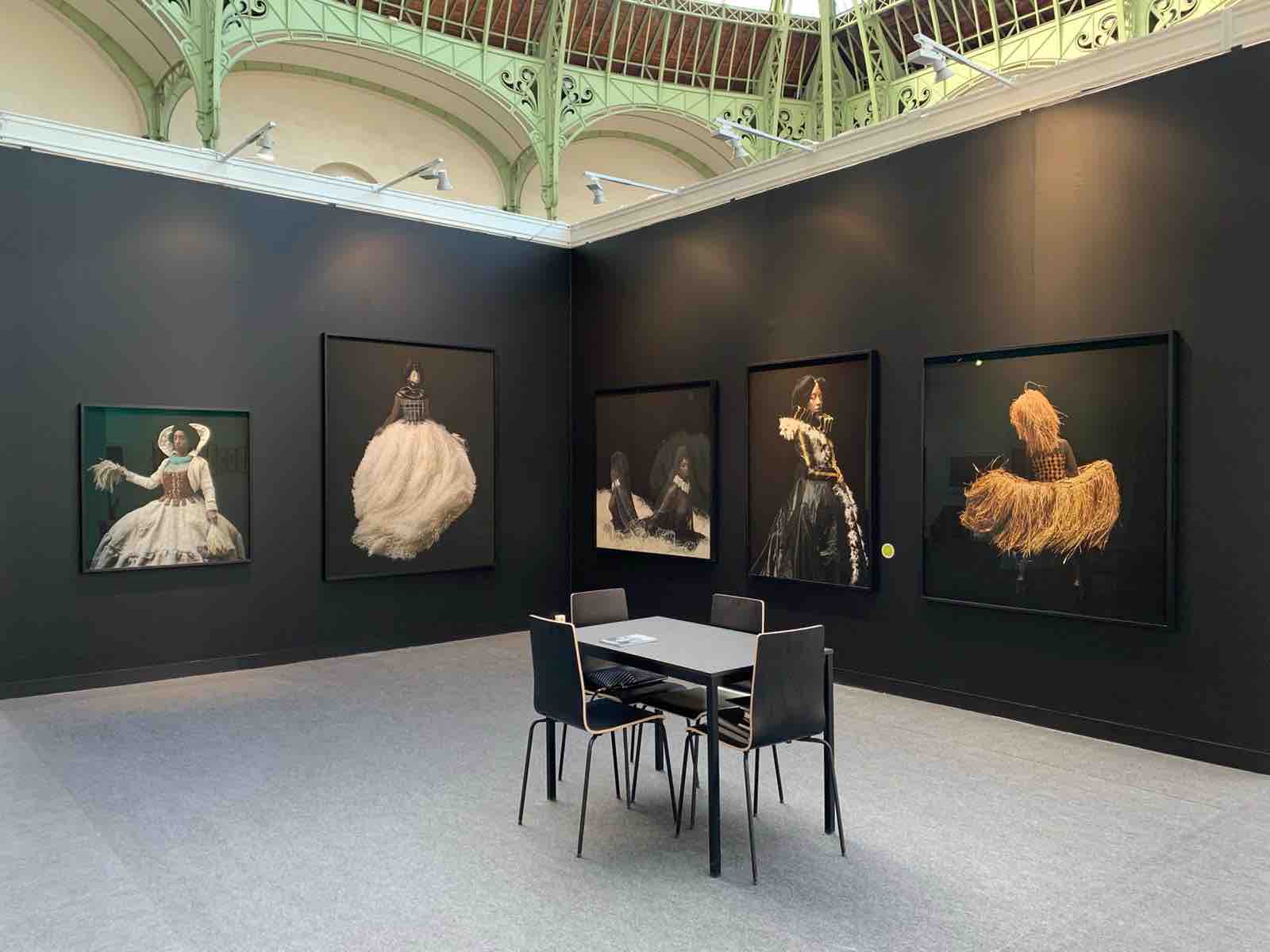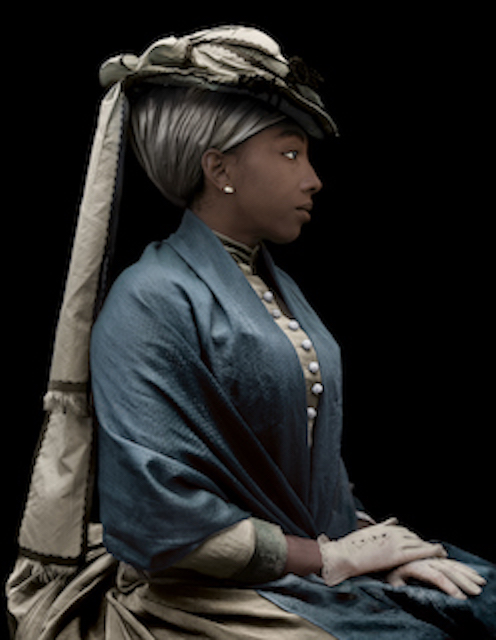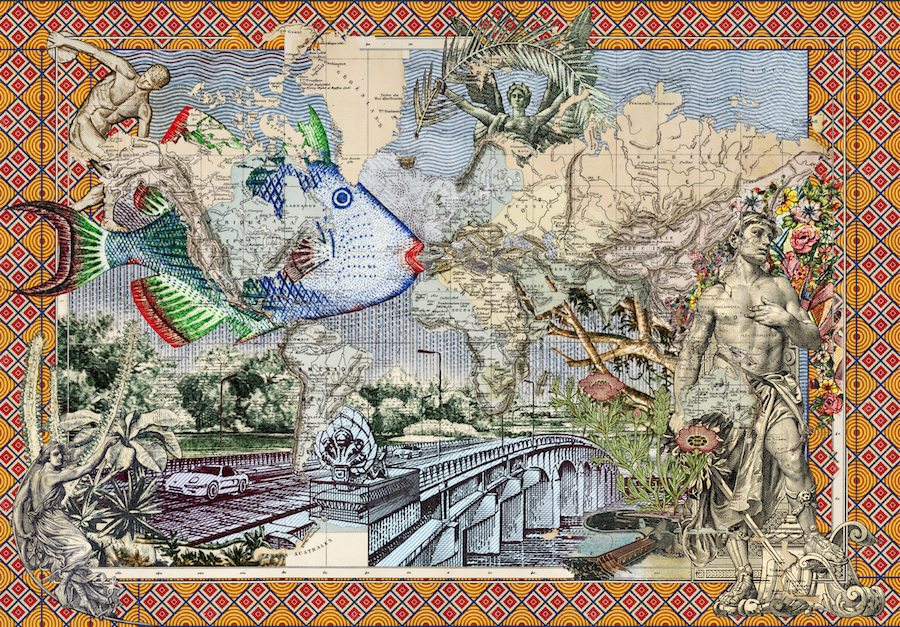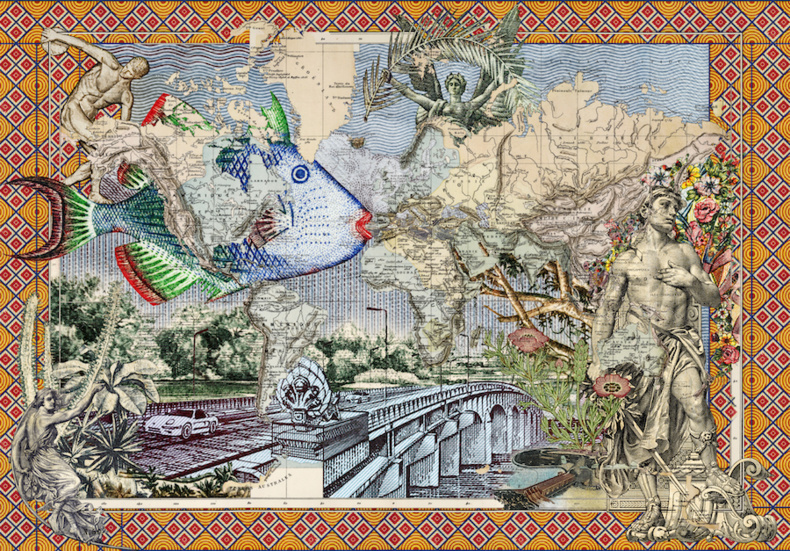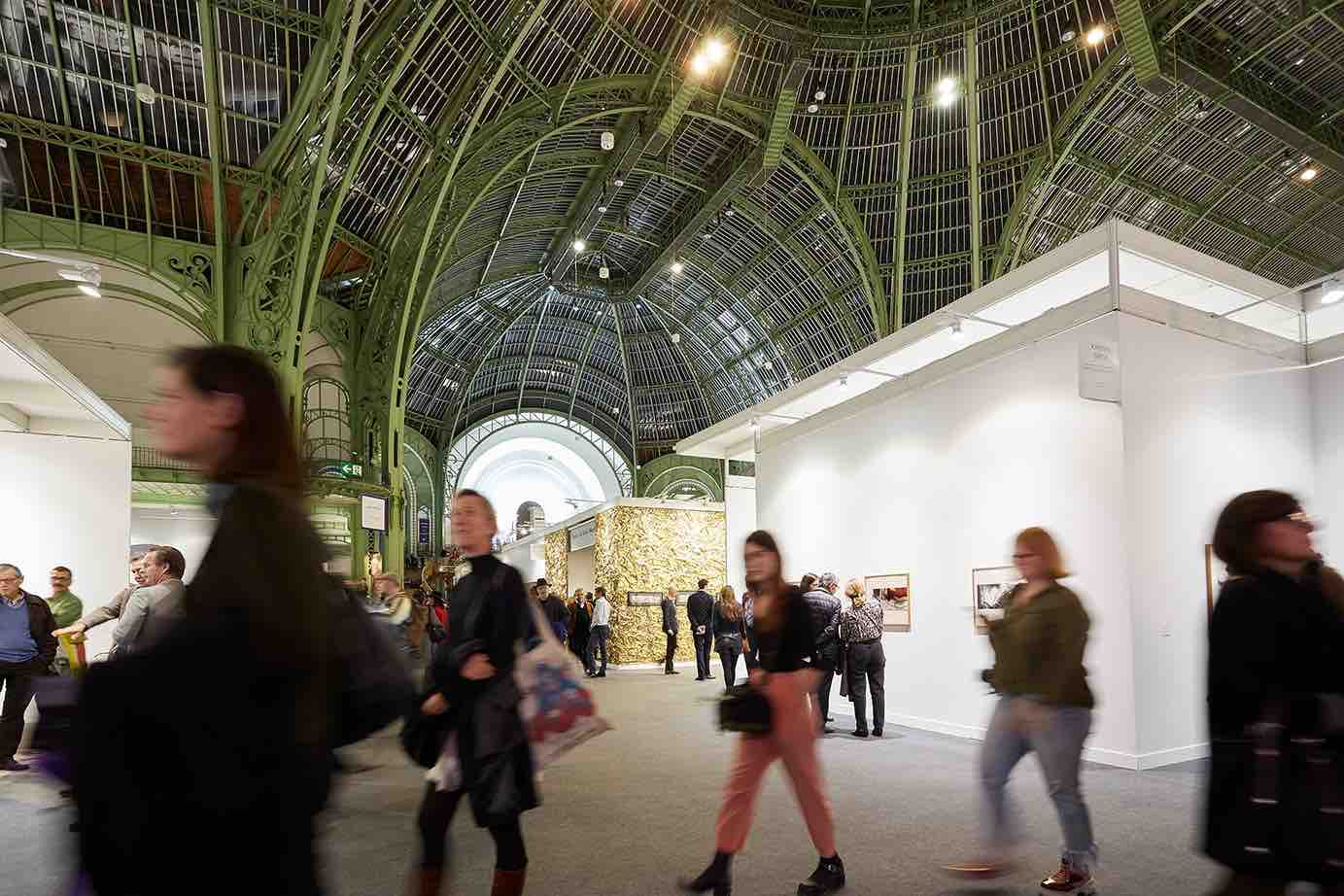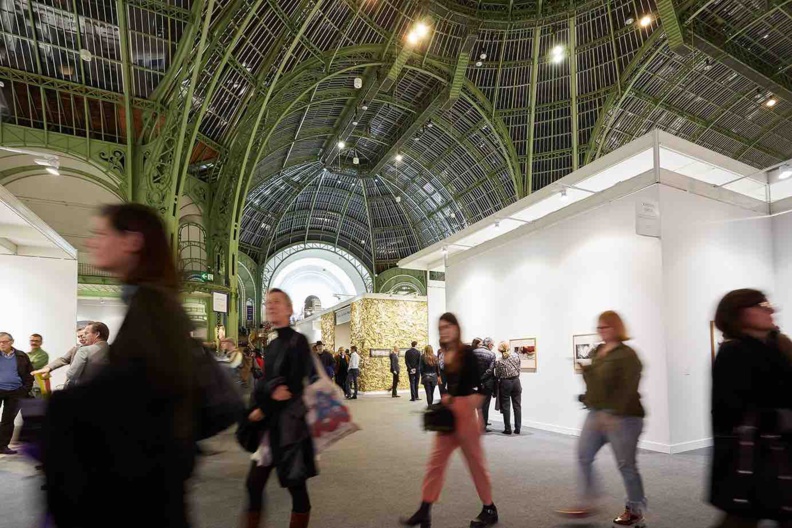Ayana V. Jackson's impressive photographic oeuvre was very visible at the recent edition of Paris Photo which attracted 70,598 visitors, including 100 museums and international institutions

Ayana Vellissia Jackson was born in 1977 in Livingston, New Jersey and raised in East Orange. Her grandmother, Angenetta Still Jackson, was a descendent of Leah Arthur Jones – a member of the founding family of New Jersey’s first Black Settlement, Lawnside. Her grandfather, J. Garfield Jackson, was Essex County’s first African American principal. She traveled to Ghana in 2001 to visit her family’s compound in North Odorkor where she produced her first photography series, Full Circle. A Survey of Hip-Hop in Ghana.

Further development
In 2005, at the invitation of Professor Khatarina Sieverding, she studied critical theory and large format printing at the University of Arts Berlin. Jackson’s photography honors the legacy of the African diaspora by addressing themes of memory and focusing on Contemporary Africa.
The photographer undertakes extensive research for her portraits, incorporating references from early photography including portraits of her own relatives. She is fully involved in planning these, and also photo-montages, often portraying herself in elaborate costumes. Jackson takes particular interest in 19th and early 20th century representation of black bodies.
Unfolding her story
Ashraf Jamal, Cape-town based academic, art critic and cultural analyst remarked that Jackson’s work: “examines the complexities of photographic representation and the role of the camera in constructing identity. Using performance and studio-based portraiture, her practice can be seen as a map of the ethical considerations and relationships involved between the photographer, subject and viewer.”
Branching into film and video work
The extraordinary photographic work of Jackson and the powerful narrative of Villalobos in this show brings inspired insight in addressing the role of racial and cultural citizenship impacting the lives of African descendants in Mexico and indeed, throughout the Americas. Jackson’s photographic work will surely continue in other parts of the world connected to the African diaspora.


